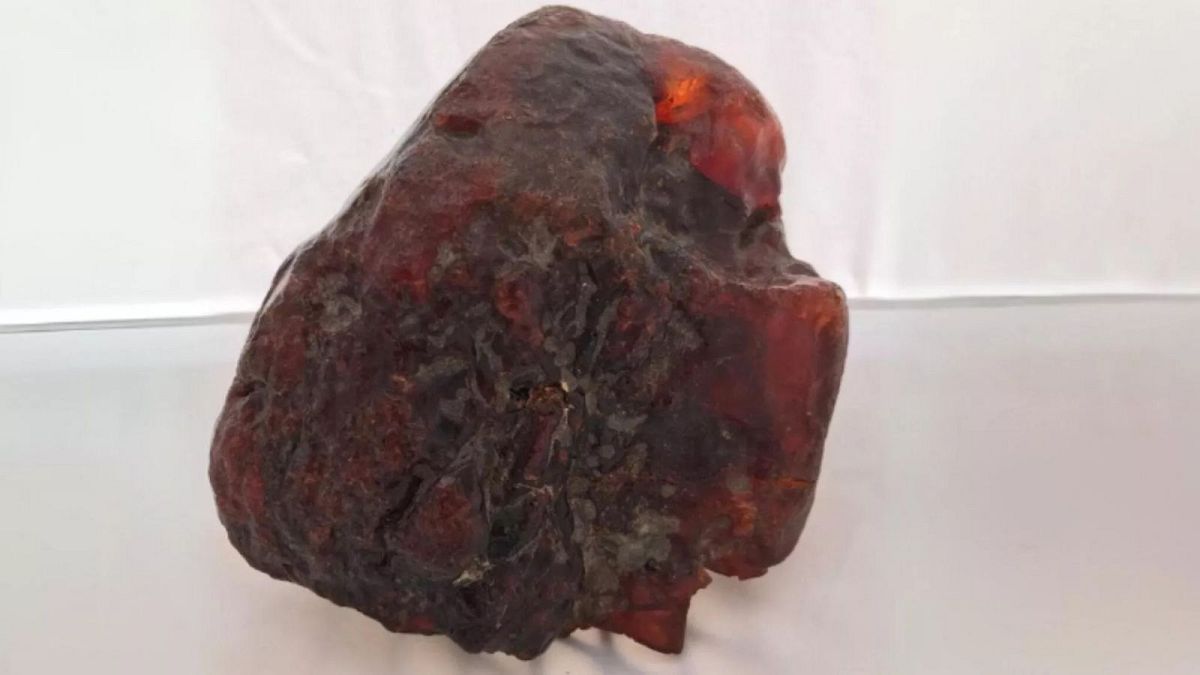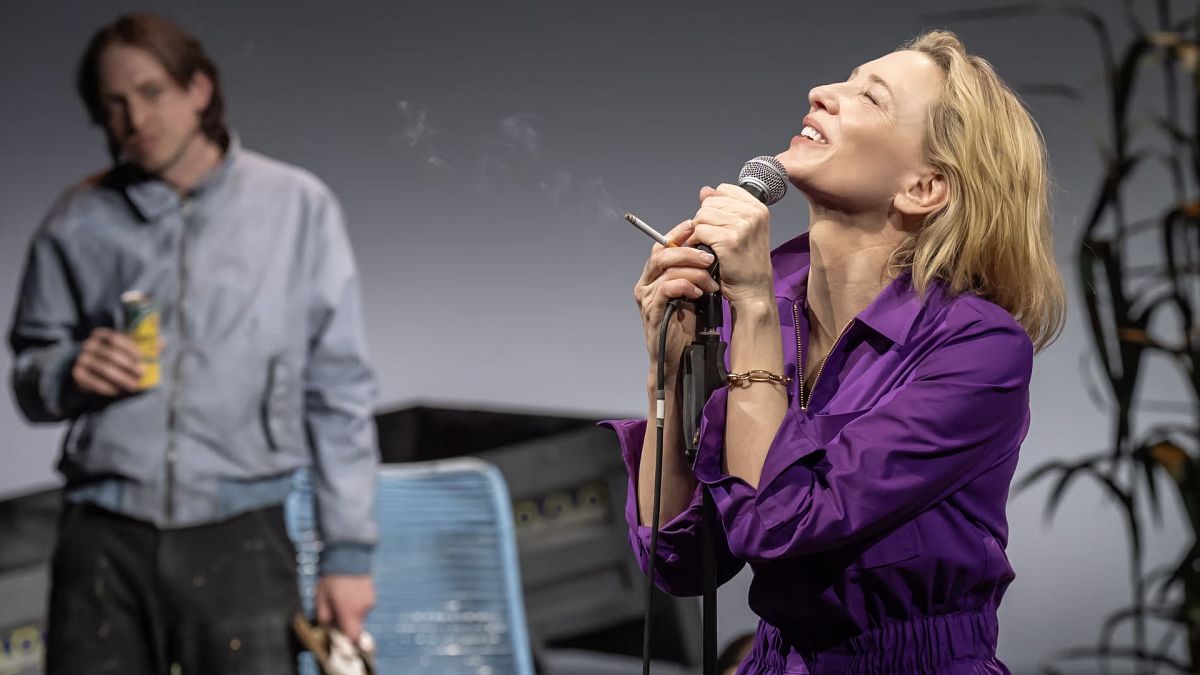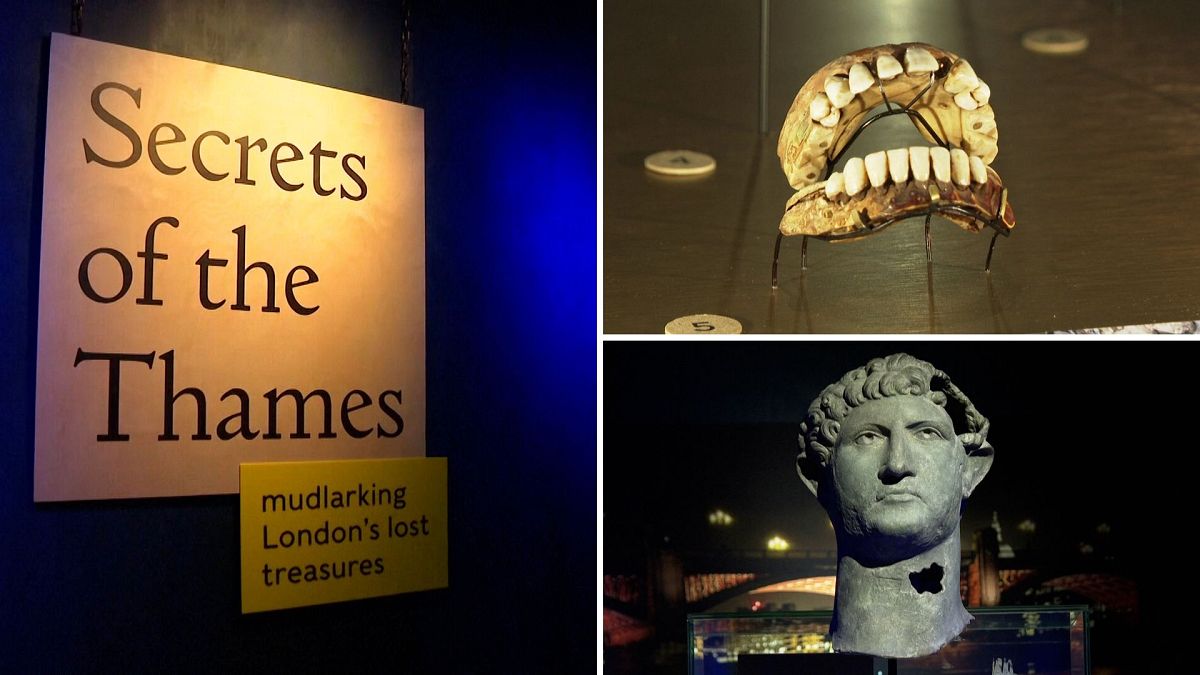Recent excavations at a Roman and Etruscan spa in Tuscany have unearthed an extraordinary collection of artefacts, shedding new light on the region’s ancient rituals. Thick mud has kept the objects pristine for 2,000 years.
A series of remarkable discoveries has been made at the site of an ancient thermal spa in Tuscany, where archaeologists have uncovered a treasure trove of artefacts, including bronze statues, gold crowns, jewellery, and even perfectly preserved eggs.
These items, believed to date back to the second century BC, were preserved by the warm waters and mineral-rich mud of the spa located in San Casciano dei Bagni, a hilltop town near Siena.
The site, once a religious centre for the Etruscans and later the Romans, has been under excavation since 2019. The first major finds were made three years later, when 24 bronze statues, many dedicated to various gods, were unearthed.
The most recent discoveries were made by a team of archaeologists led by Jacopo Tabolli, who uncovered these treasures at a depth of nearly five metres in the Bagno Grande pool, where ancient visitors had cast votive offerings into the water.
Among the latest relics found were several bronze figures of men and women, including one of a man cut in half and dedicated by a Roman named Gaius Roscius.
Another notable discovery was a one-metre-long bronze snake, thought to represent the spirit Agathos, or the Good Spirit.
In addition to the bronze items, the team found two gold crowns, jewellery, and over 10,000 coins, all remarkably well-preserved by the mineral-rich waters of the spa.
Tabolli, who has earned the nickname “Indiana Jones” in the town, commented on the ongoing surprises the site continues to yield. The site “delivers infinite surprises,” he said.
The spa, originally built by the Etruscans, was later expanded and made more luxurious during the Roman period, attracting emperors such as Augustus.
It continued to be used until the 5th century AD, when it was closed during Christian times. The pools were sealed off with stone pillars, and the statues were left submerged in the mineral-rich waters. The thermal waters, known for their therapeutic properties, were believed to help with a variety of ailments, including liver issues, facial pain, and fertility.
These extraordinary findings will eventually be displayed in a new museum slated to open in San Casciano dei Bagni in late 2026, providing further insight into the ancient customs and practices of the region.

 3 months ago
36
3 months ago
36






 We deliver critical software at unparalleled value and speed to help your business thrive
We deliver critical software at unparalleled value and speed to help your business thrive






 English (US) ·
English (US) ·